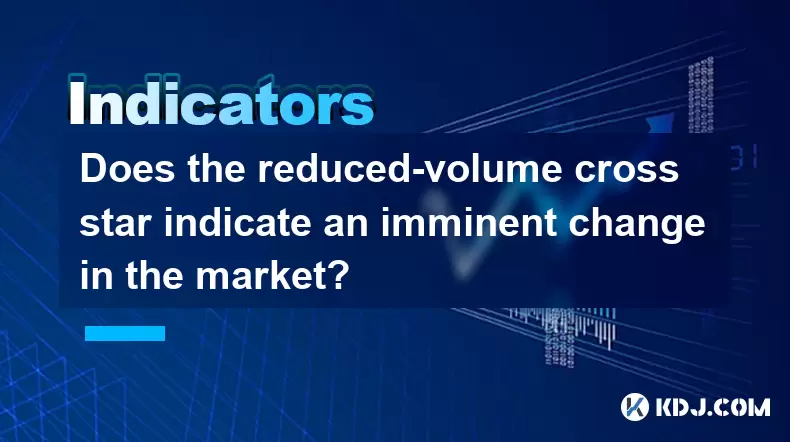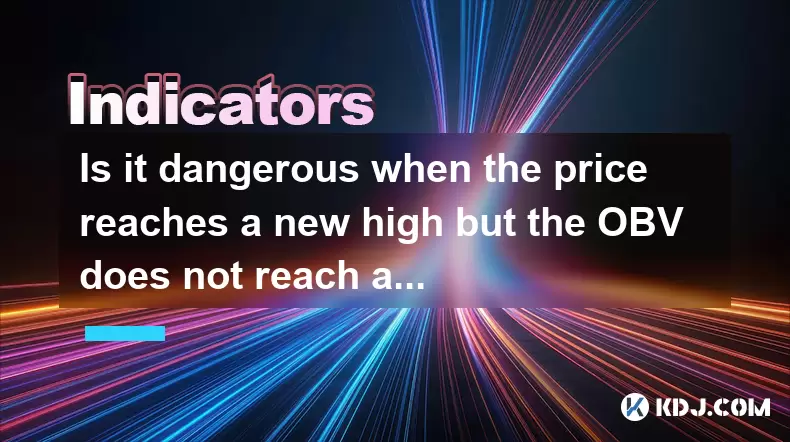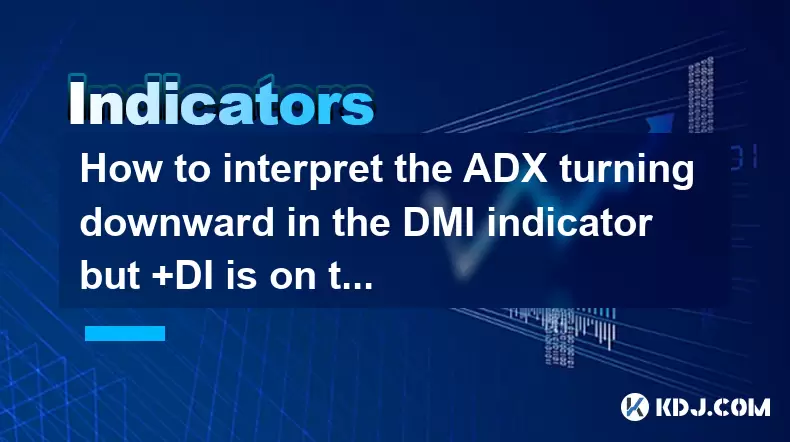-
 Bitcoin
Bitcoin $106,754.6083
1.33% -
 Ethereum
Ethereum $2,625.8249
3.80% -
 Tether USDt
Tether USDt $1.0001
-0.03% -
 XRP
XRP $2.1891
1.67% -
 BNB
BNB $654.5220
0.66% -
 Solana
Solana $156.9428
7.28% -
 USDC
USDC $0.9998
0.00% -
 Dogecoin
Dogecoin $0.1780
1.14% -
 TRON
TRON $0.2706
-0.16% -
 Cardano
Cardano $0.6470
2.77% -
 Hyperliquid
Hyperliquid $44.6467
10.24% -
 Sui
Sui $3.1128
3.86% -
 Bitcoin Cash
Bitcoin Cash $455.7646
3.00% -
 Chainlink
Chainlink $13.6858
4.08% -
 UNUS SED LEO
UNUS SED LEO $9.2682
0.21% -
 Avalanche
Avalanche $19.7433
3.79% -
 Stellar
Stellar $0.2616
1.64% -
 Toncoin
Toncoin $3.0222
2.19% -
 Shiba Inu
Shiba Inu $0.0...01220
1.49% -
 Hedera
Hedera $0.1580
2.75% -
 Litecoin
Litecoin $87.4964
2.29% -
 Polkadot
Polkadot $3.8958
3.05% -
 Ethena USDe
Ethena USDe $1.0000
-0.04% -
 Monero
Monero $317.2263
0.26% -
 Bitget Token
Bitget Token $4.5985
1.68% -
 Dai
Dai $0.9999
0.00% -
 Pepe
Pepe $0.0...01140
2.44% -
 Uniswap
Uniswap $7.6065
5.29% -
 Pi
Pi $0.6042
-2.00% -
 Aave
Aave $289.6343
6.02%
Does the reduced-volume cross star indicate an imminent change in the market?
The reduced-volume cross star suggests market indecision and may signal a potential trend reversal or consolidation, especially when confirmed by volume and other technical indicators.
Jun 17, 2025 at 03:42 am

Understanding the Reduced-Volume Cross Star Pattern
The reduced-volume cross star is a candlestick pattern that often captures the attention of technical analysts and traders in the cryptocurrency market. It typically appears as a doji or near-doji candle with lower-than-average trading volume. The cross star itself suggests indecision between buyers and sellers, while the reduced volume indicates diminished participation, which can be interpreted in multiple ways depending on context.
This formation may appear after a prolonged uptrend or downtrend and signals a potential shift in momentum. However, it's crucial to understand that this pattern alone does not guarantee a reversal—it merely highlights a pause or consolidation phase where the market is reevaluating price levels.
What Does the Reduced Volume Imply?
When the volume drops significantly during the formation of a cross star, it implies that fewer traders are actively participating in the movement. This could mean several things:
- Market hesitation: Traders might be waiting for more information before making decisions.
- Profit-taking or position closing: Some participants may be exiting positions, leading to reduced activity.
- Institutional accumulation or distribution: Large players might be slowly entering or exiting without moving the price drastically.
It’s important to analyze this pattern alongside other indicators such as moving averages, RSI (Relative Strength Index), or MACD (Moving Average Convergence Divergence) to gain a clearer picture of whether the market is preparing for a reversal or simply consolidating.
Context Matters: Location in the Trend Determines Meaning
A reduced-volume cross star at different points in a trend can carry contrasting implications. For example:
- If it appears after a prolonged bullish run, it may indicate weakening buying pressure and an impending pullback or reversal.
- Conversely, if found during a downtrend, it might suggest that selling pressure is easing and a bottom could be forming.
Traders should always look at the broader chart structure, including support/resistance levels, Fibonacci retracements, and previous swing points to better assess the significance of this candlestick formation.
How to Confirm the Signal from a Cross Star
Since candlestick patterns like the cross star are inherently subjective, confirmation is key. Here are some practical steps to validate the signal:
- Watch the next candle: A strong bullish or bearish candle following the cross star can confirm the direction of the upcoming move.
- Check volume trends: If volume picks up after the cross star, especially in the direction of the breakout, it supports the likelihood of a genuine trend change.
- Use oscillators for overbought/oversold conditions: If RSI or Stochastic shows divergence or extreme readings around the time of the cross star, it adds weight to the reversal possibility.
Some traders also use order flow analysis or on-chain data to see whether large holders are accumulating or distributing coins during these moments of uncertainty.
Common Mistakes When Interpreting the Cross Star
Many novice traders fall into the trap of acting solely on the appearance of a cross star without considering the broader context. Common errors include:
- Ignoring volume: A cross star with normal or high volume can be more significant than one with low volume.
- Failing to wait for confirmation: Jumping into a trade immediately after seeing a cross star can lead to false signals.
- Overlooking market sentiment: News events, macroeconomic shifts, or regulatory changes can override technical patterns.
Avoiding these pitfalls requires discipline and a structured approach to reading charts and market behavior.
Practical Steps to Trade Around the Cross Star
If you're planning to incorporate the reduced-volume cross star into your trading strategy, follow these detailed steps:
- Identify the pattern clearly on the chart, ensuring that the candle has a small body and nearly equal upper and lower shadows.
- Assess the location—whether it's near a key support/resistance level or within a larger trend.
- Measure the volume against the average volume over the past 20 candles; it should be notably lower.
- Wait for the next candle to close before making any decision.
- Place a stop-loss order beyond the high or low of the cross star depending on the anticipated direction.
- Monitor subsequent candles and adjust your position accordingly if the trend confirms.
These steps help reduce emotional bias and increase the probability of successful trades based on this pattern.
Frequently Asked Questions
Q: Can a reduced-volume cross star occur during a strong trend without signaling a reversal?
Yes, it can appear even during strong trends as a sign of temporary equilibrium between buyers and sellers. In such cases, it often acts as a continuation signal rather than a reversal.
Q: How reliable is the cross star compared to other candlestick patterns?
While it's a widely recognized pattern, its reliability increases when combined with volume analysis and other technical tools. On its own, it's less reliable than engulfing patterns or harami formations.
Q: Should I avoid trading during reduced-volume periods altogether?
Not necessarily. Low volume can still offer opportunities if you're using strategies tailored for sideways markets or employing volatility-based setups.
Q: Is the reduced-volume cross star more significant on higher timeframes like 4-hour or daily charts?
Generally yes. Candlestick patterns tend to be more meaningful on higher timeframes because they filter out noise and reflect broader market sentiment more accurately.
Disclaimer:info@kdj.com
The information provided is not trading advice. kdj.com does not assume any responsibility for any investments made based on the information provided in this article. Cryptocurrencies are highly volatile and it is highly recommended that you invest with caution after thorough research!
If you believe that the content used on this website infringes your copyright, please contact us immediately (info@kdj.com) and we will delete it promptly.
- 2025-W Uncirculated American Gold Eagle and Dr. Vera Rubin Quarter Mark New Products
- 2025-06-13 06:25:13
- Ruvi AI (RVU) Leverages Blockchain and Artificial Intelligence to Disrupt Marketing, Entertainment, and Finance
- 2025-06-13 07:05:12
- H100 Group AB Raises 101 Million SEK (Approximately $10.6 Million) to Bolster Bitcoin Reserves
- 2025-06-13 06:25:13
- Galaxy Digital CEO Mike Novogratz Says Bitcoin Will Replace Gold and Go to $1,000,000
- 2025-06-13 06:45:13
- Trust Wallet Token (TWT) Price Drops 5.7% as RWA Integration Plans Ignite Excitement
- 2025-06-13 06:45:13
- Ethereum (ETH) Is in the Second Phase of a Three-Stage Market Cycle
- 2025-06-13 07:25:13
Related knowledge

How to interpret the low opening the next day after the long lower shadow hits the bottom?
Jun 18,2025 at 12:22am
Understanding the Long Lower Shadow Candlestick PatternIn technical analysis, a long lower shadow candlestick is often seen as a potential reversal signal in a downtrend. This pattern occurs when the price opens, trades significantly lower during the session, but then recovers to close near the opening price or slightly above. The long wick at the botto...

How to operate the RSI indicator repeatedly in the 40-60 range?
Jun 18,2025 at 12:56am
Understanding the RSI Indicator and Its RelevanceThe Relative Strength Index (RSI) is a momentum oscillator widely used in cryptocurrency trading to measure the speed and change of price movements. Typically, the RSI ranges from 0 to 100, with levels above 70 considered overbought and below 30 considered oversold. However, when the RSI repeatedly stays ...

Why is the volume ratio suddenly enlarged three times but the price fluctuation is small?
Jun 18,2025 at 04:42am
Understanding the Relationship Between Trading Volume and Price MovementIn the world of cryptocurrency trading, volume is a crucial metric that reflects the number of assets traded within a specific time frame. It often serves as an indicator of market interest and liquidity. However, there are instances where trading volume surges dramatically—sometime...

How strong is the MACD golden cross below the zero axis?
Jun 17,2025 at 11:00pm
Understanding the MACD Indicator in Cryptocurrency TradingThe Moving Average Convergence Divergence (MACD) is one of the most widely used technical indicators among cryptocurrency traders. It helps identify potential trend reversals, momentum shifts, and entry or exit points. The MACD consists of three main components: the MACD line, the signal line, an...

Is it dangerous when the price reaches a new high but the OBV does not reach a new high?
Jun 18,2025 at 06:14am
Understanding On-Balance Volume (OBV) in Cryptocurrency TradingIn the world of cryptocurrency trading, technical indicators play a crucial role in analyzing market behavior and predicting future price movements. One such widely used indicator is the On-Balance Volume (OBV), which helps traders assess the strength of buying or selling pressure behind pri...

How to interpret the ADX turning downward in the DMI indicator but +DI is on the top?
Jun 18,2025 at 08:01am
Understanding the Role of Decentralized Finance in Modern Cryptocurrency EcosystemsDecentralized Finance, commonly known as DeFi, has emerged as a cornerstone of the modern cryptocurrency ecosystem. Unlike traditional financial systems that rely on centralized intermediaries like banks and brokers, DeFi platforms operate on blockchain networks to offer ...

How to interpret the low opening the next day after the long lower shadow hits the bottom?
Jun 18,2025 at 12:22am
Understanding the Long Lower Shadow Candlestick PatternIn technical analysis, a long lower shadow candlestick is often seen as a potential reversal signal in a downtrend. This pattern occurs when the price opens, trades significantly lower during the session, but then recovers to close near the opening price or slightly above. The long wick at the botto...

How to operate the RSI indicator repeatedly in the 40-60 range?
Jun 18,2025 at 12:56am
Understanding the RSI Indicator and Its RelevanceThe Relative Strength Index (RSI) is a momentum oscillator widely used in cryptocurrency trading to measure the speed and change of price movements. Typically, the RSI ranges from 0 to 100, with levels above 70 considered overbought and below 30 considered oversold. However, when the RSI repeatedly stays ...

Why is the volume ratio suddenly enlarged three times but the price fluctuation is small?
Jun 18,2025 at 04:42am
Understanding the Relationship Between Trading Volume and Price MovementIn the world of cryptocurrency trading, volume is a crucial metric that reflects the number of assets traded within a specific time frame. It often serves as an indicator of market interest and liquidity. However, there are instances where trading volume surges dramatically—sometime...

How strong is the MACD golden cross below the zero axis?
Jun 17,2025 at 11:00pm
Understanding the MACD Indicator in Cryptocurrency TradingThe Moving Average Convergence Divergence (MACD) is one of the most widely used technical indicators among cryptocurrency traders. It helps identify potential trend reversals, momentum shifts, and entry or exit points. The MACD consists of three main components: the MACD line, the signal line, an...

Is it dangerous when the price reaches a new high but the OBV does not reach a new high?
Jun 18,2025 at 06:14am
Understanding On-Balance Volume (OBV) in Cryptocurrency TradingIn the world of cryptocurrency trading, technical indicators play a crucial role in analyzing market behavior and predicting future price movements. One such widely used indicator is the On-Balance Volume (OBV), which helps traders assess the strength of buying or selling pressure behind pri...

How to interpret the ADX turning downward in the DMI indicator but +DI is on the top?
Jun 18,2025 at 08:01am
Understanding the Role of Decentralized Finance in Modern Cryptocurrency EcosystemsDecentralized Finance, commonly known as DeFi, has emerged as a cornerstone of the modern cryptocurrency ecosystem. Unlike traditional financial systems that rely on centralized intermediaries like banks and brokers, DeFi platforms operate on blockchain networks to offer ...
See all articles

























































































